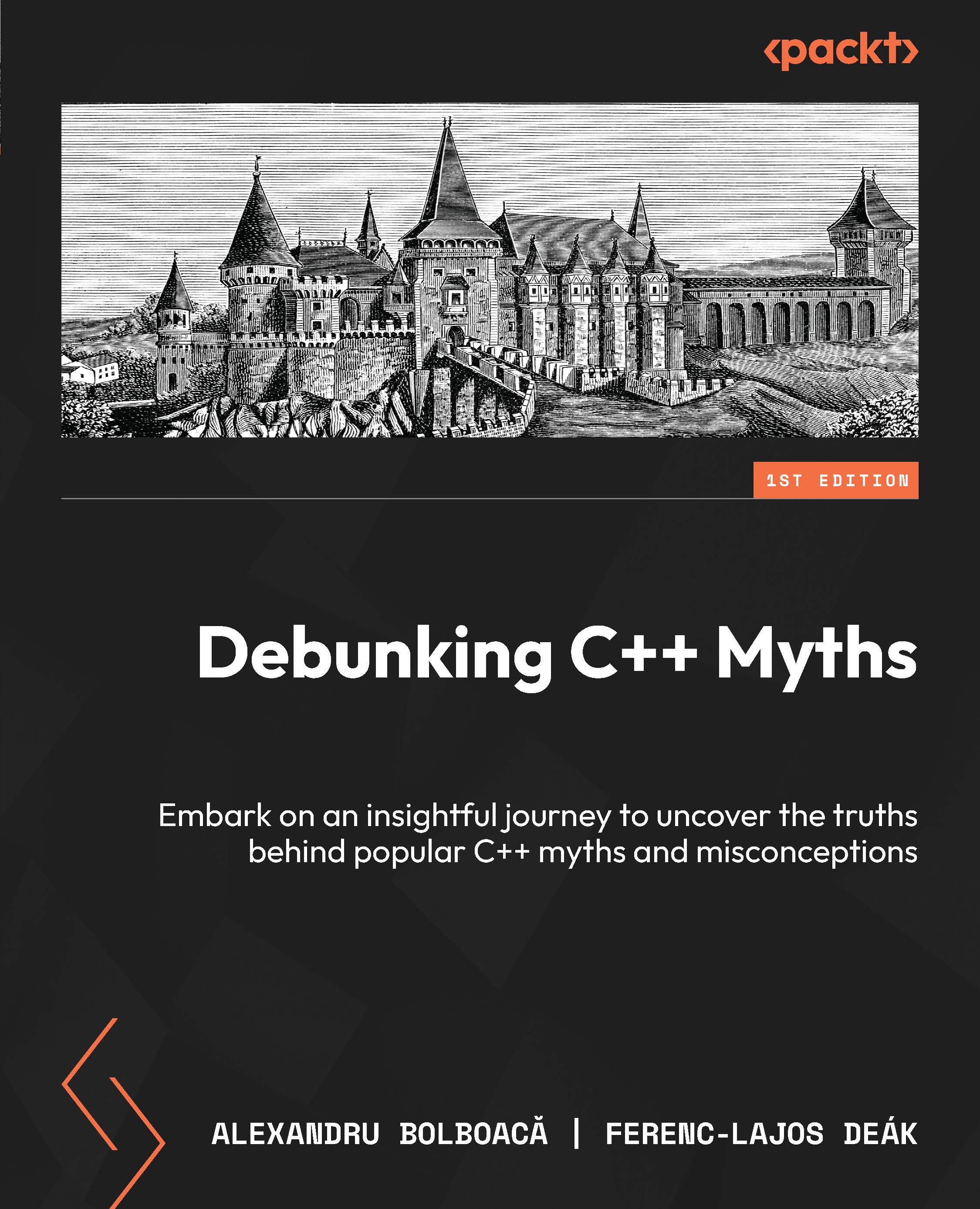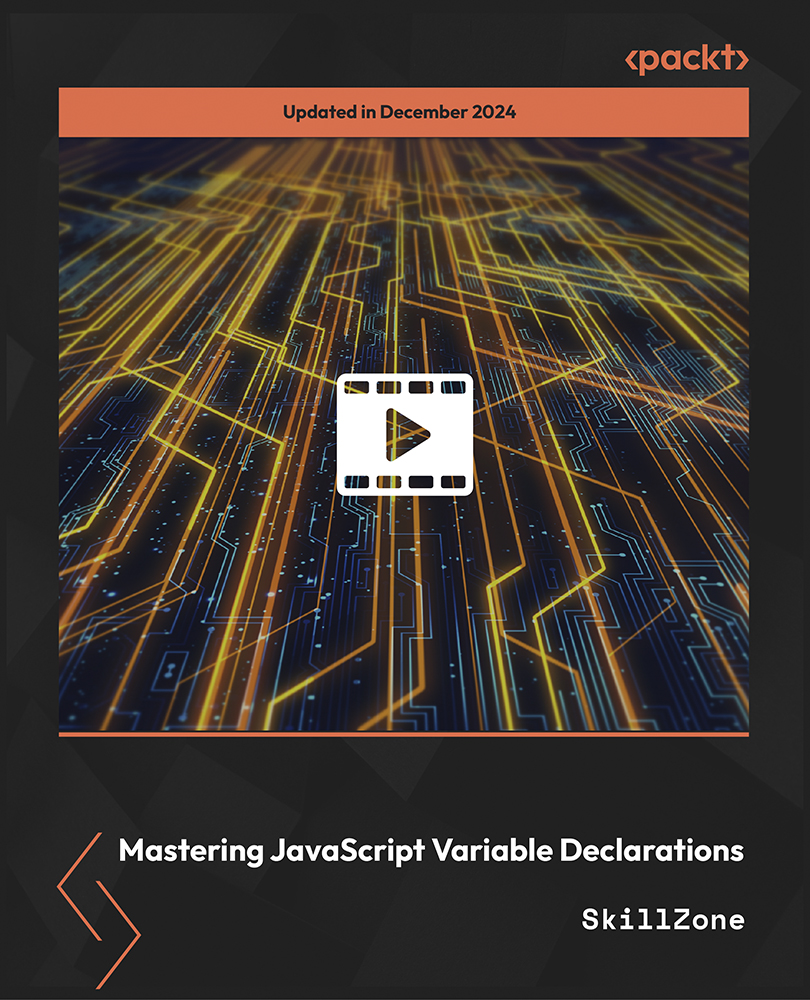We are now going to convert our pseudocodes to actual PHP 7 codes as shown:
function findABook(Array $bookList, String $bookName) {
$found = FALSE;
foreach($bookList as $index => $book) {
if($book === $bookName) {
$found = $index;
break;
}
}
return $found;
}
function placeAllBooks(Array $orderedBooks, Array &$bookList) {
foreach ($orderedBooks as $book) {
$bookFound = findABook($bookList, $book);
if($bookFound !== FALSE) {
array_splice($bookList, $bookFound, 1);
}
}
}
$bookList = ['PHP','MySQL','PGSQL','Oracle','Java'];
$orderedBooks = ['MySQL','PGSQL','Java'];
placeAllBooks($orderedBooks, $bookList);
echo implode(",", $bookList);
Let us now understand what is happening in the preceding code. First we have defined a new function, findABook at the beginning of the code. The function is defined with two parameters. One is Array $bookList and the other is String $bookName. At the beginning of the function we are initializing the $found to FALSE, which means nothing has been found yet. The foreach loop iterates through the book list array $bookList and for each book, it matches with our provided book name $bookName. If the book name that we are looking for matches with the book in the $bookList, we are assigning the index (where we found the match) to our $found variable. Since we have found it, there is no point in continuing the loop. So, we have used the break command to get out of the loop. Just out of the loop we are returning our $found variable. If the book was found, usually $found will return any integer value greater than 0, else it will return false:
function placeAllBooks(Array $orderedBooks, Array &$bookList) {
foreach ($orderedBooks as $book) {
$bookFound = findABook($bookList, $book);
if($bookFound !== FALSE) {
array_splice($bookList, $bookFound, 1);
}
}
}
This particular function placeAllBooks actually iterates through our ordered books $orderedBooks. We are iterating our ordered book list and searching each book in our delivered list using the findABook function. If the book is found in the ordered list ($bookFound !== FALSE), we are removing that book from the delivered book list using the array_splice() function of PHP:
$bookList = ['PHP','MySQL','PGSQL','Oracle','Java'];
$orderedBooks = ['MySQL','PGSQL','Java'];
These two lines actually shows two PHP arrays which are used for the list of books we have received, $bookList and the list of books we have actually ordered $orderedBooks. We are just using some dummy data to test our implemented code as shown:
placeAllBooks($orderedBooks, $bookList);
The last part of our code actually calls the function placeAllBooks to perform the whole operation of checking each book searching for it in our received books and removing it, if it is in the list. So basically, we have implemented our pseudocode to an actual PHP code which we can use to solve our problem.
 United States
United States
 Great Britain
Great Britain
 India
India
 Germany
Germany
 France
France
 Canada
Canada
 Russia
Russia
 Spain
Spain
 Brazil
Brazil
 Australia
Australia
 Singapore
Singapore
 Hungary
Hungary
 Ukraine
Ukraine
 Luxembourg
Luxembourg
 Estonia
Estonia
 Lithuania
Lithuania
 South Korea
South Korea
 Turkey
Turkey
 Switzerland
Switzerland
 Colombia
Colombia
 Taiwan
Taiwan
 Chile
Chile
 Norway
Norway
 Ecuador
Ecuador
 Indonesia
Indonesia
 New Zealand
New Zealand
 Cyprus
Cyprus
 Denmark
Denmark
 Finland
Finland
 Poland
Poland
 Malta
Malta
 Czechia
Czechia
 Austria
Austria
 Sweden
Sweden
 Italy
Italy
 Egypt
Egypt
 Belgium
Belgium
 Portugal
Portugal
 Slovenia
Slovenia
 Ireland
Ireland
 Romania
Romania
 Greece
Greece
 Argentina
Argentina
 Netherlands
Netherlands
 Bulgaria
Bulgaria
 Latvia
Latvia
 South Africa
South Africa
 Malaysia
Malaysia
 Japan
Japan
 Slovakia
Slovakia
 Philippines
Philippines
 Mexico
Mexico
 Thailand
Thailand

















